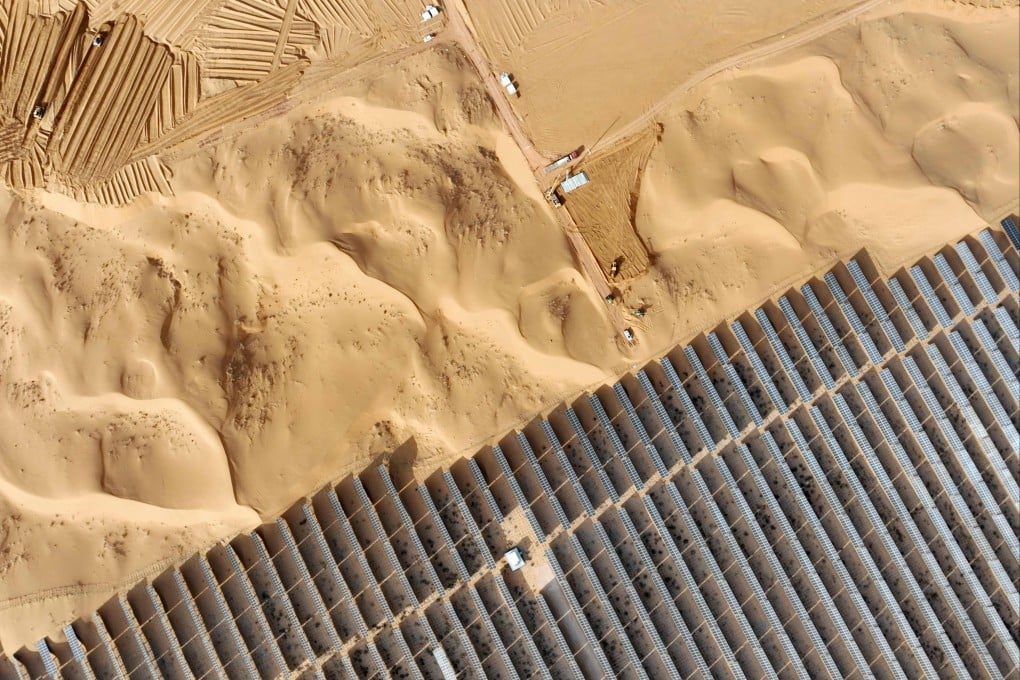China builds up electric power in Gobi and western deserts equal to half US capacity
- Chinese rocket scientist Qian Xuesen long ago envisioned harnessing vast renewable energy resources of the desert to power the nation
- Booming solar, wind farms in Gobi can upend the AI race between China and the US, industrial expert says

The engineering feat pumps cheap, clean power into the heart of Chinese manufacturing, raising the country’s living standards and bolstering China’s competitiveness in hi-tech races such as AI.
The scientists and engineers at the helm of this energy revolution estimate that the existing installed capacity for power generation in northwestern China is almost 500 gigawatts. When combined with the significant Gobi Desert area in nearby Inner Mongolia, the figure is 600GW.
In comparison, all United States power plants combined produced about 1,100GW at the end of 2022, according to the US Energy Information Administration.
Until now, no other large regional power grid has seamlessly integrated such a substantial portion of renewable energy while maintaining such high utilisation rates throughout the year, according to the scientists.
